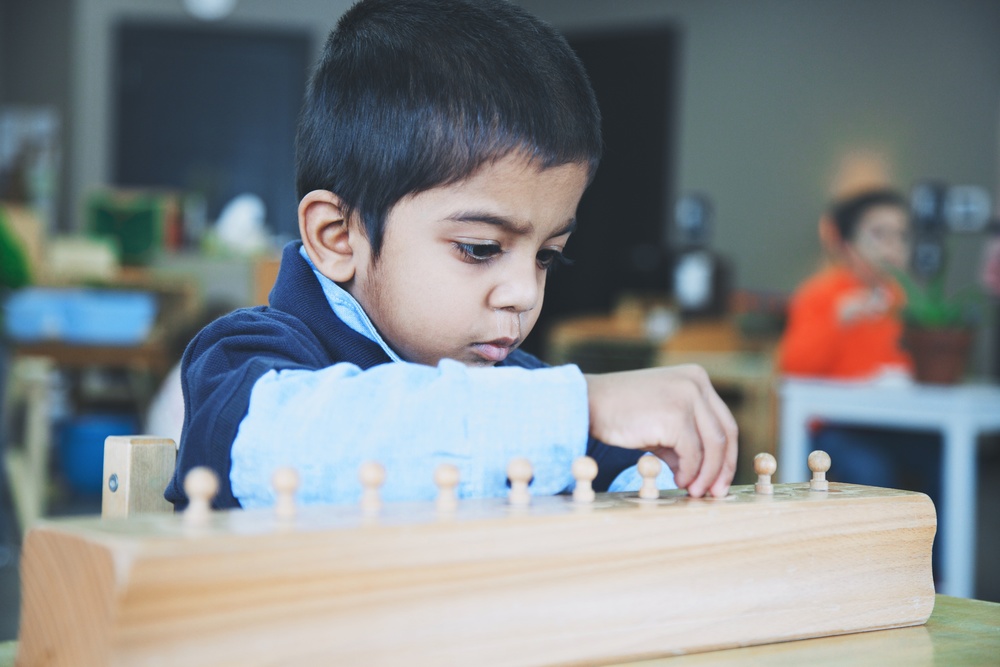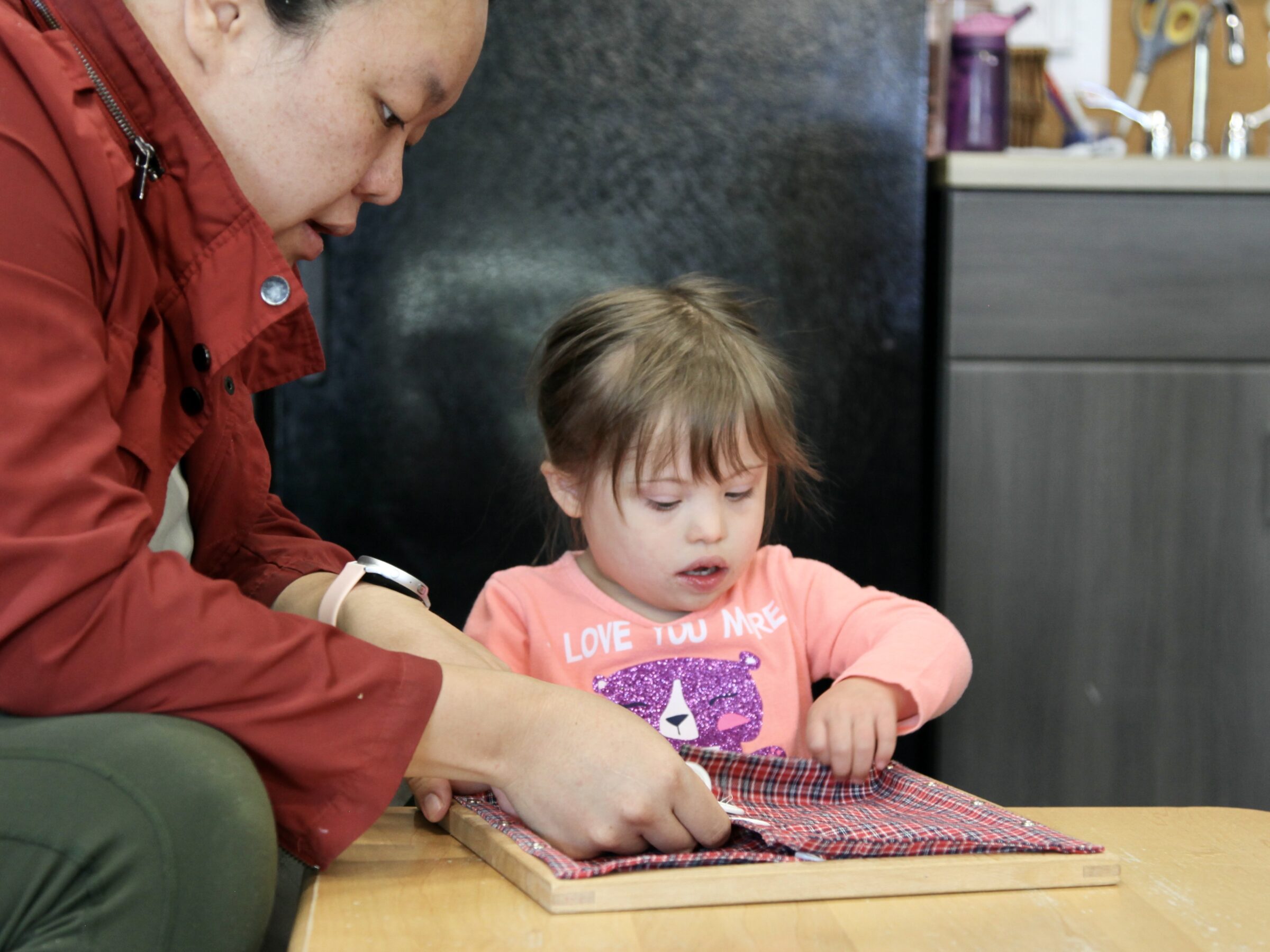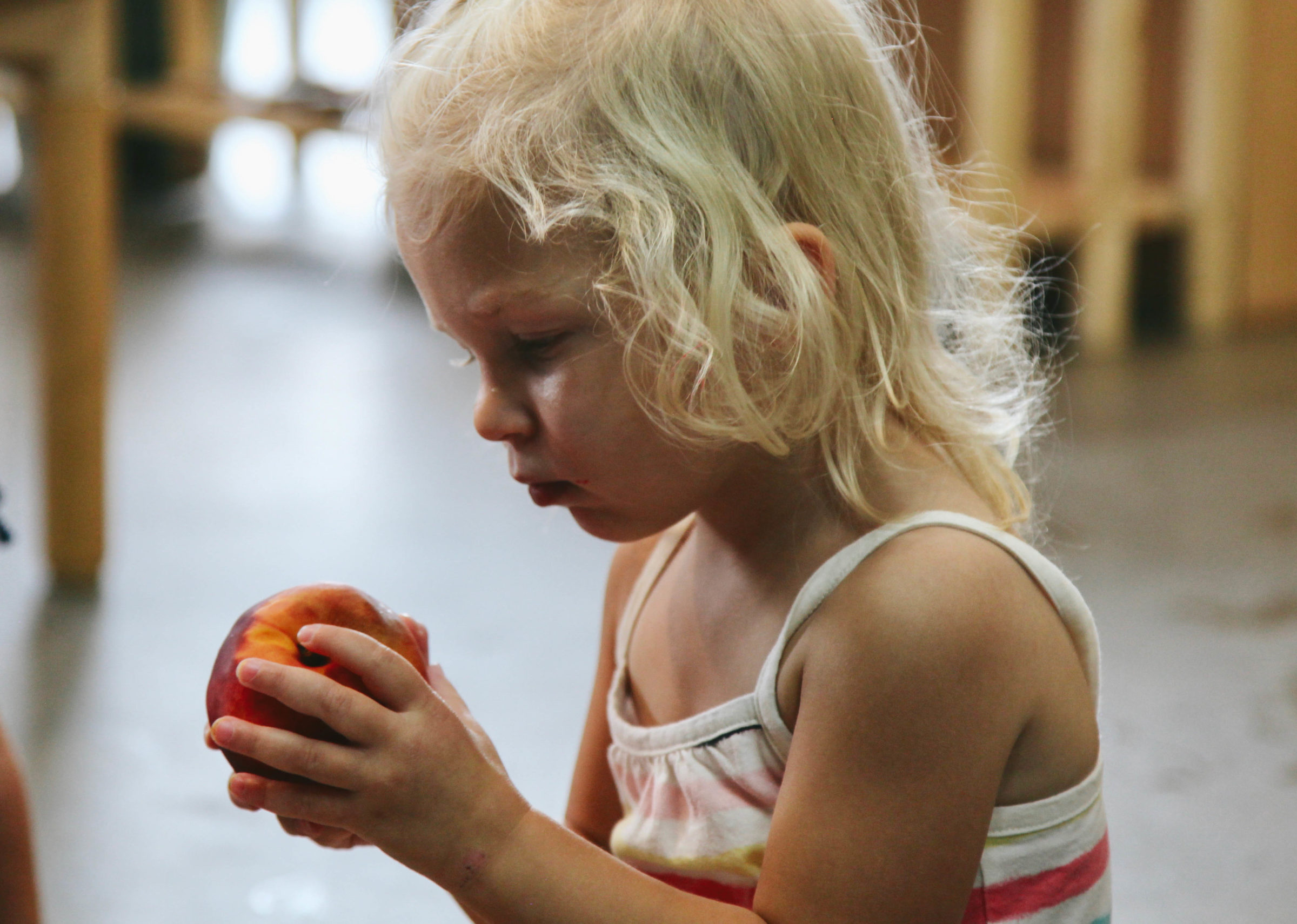Trust in the child
Thoughts & Reflections
Watching a process unfold allows you an opportunity to see how the results were achieved. In a society driven by results, we often fail to address the inner workings of just how something came to be. Needless to say, we all lead busy lives and the more convenient something is the greater value it seems to hold. With this, we couldn’t agree more. Except, of course, when it comes to learning. Optimizing time may optimize results, but it doesn’t necessarily optimize the process or the happiness to be discovered in the repetition of learning. Taking the time to practice, or allowing the process to unfold, is often what you see in the results, but don’t completely grasp or witness in the process. It’s where the joy of learning takes hold, often accompanying you for the rest of your life.
One of the many brilliant insights that Maria Montessori gleaned was to understand that everyone learns differently and at their own pace. With this observation, she created a mixed-age classroom which she called a “prepared environment”, realizing that just because you are three doesn’t mean that you are like every other three year old. The message Montessori imparts with this approach is that everyone is special.
Now, in traditional approaches to education, which do not necessarily adhere to these insights and principles, if a child misses a lesson or doesn’t fully understand a concept, the class progresses, despite the lack – or lag – in comprehension. The system just isn’t designed to accommodate that which overflows or supercedes its structure. We all know the stories. Many of us have our own.
What is evaluated in the traditional model is not the process, with qualitative implications, but the results, with an emphasis on the quantitative. Essentially, no matter what end of the spectrum you are on, you are at great odds with the interests of the middle. What an entirely different message. Even the pace of instruction is geared towards that of the median. How? By measuring the results of the averages. How are these determined? More often than not, by age.
The logic behind this method runs something like this. “We’ve seen hundreds of thousands of children go through this system. It works. We have the data. We understand exactly where children are in relation to their peers and where they should be in relation to their class.” What they fail to take into account, however, is where they should be in relation to themselves.
Classifications, no matter their nature, always produce cracks. If, for example, a child in the traditional system is not at a certain level, at a certain time, steps are taken to focus on how to improve the results, to get the student up to speed with the rest of their class. “We don’t want anyone falling through the cracks,” we hear the administrators say.

So, what is often recommended is personal, customized tutoring, allowing a child the opportunity to receive the individual attention that they need, focusing on a very limited, precise set of tasks and problems, i.e.: concentrating solely on carrying over numbers while doing addition. While this highly specialized attention no doubt leads to greater, immediate results, it’s also at a total remove from the development of the whole child.
This raises a number of interesting questions. What sort of message does this send to a child? In our estimations, instead of offering positive, constructive, daily feedback, based on the “whole child” and their individual development, a child in this traditional approach is instantly introduced into a negative system of learning, where the joy of the process is sacrificed for the success of the result. “Let’s make sure you know how to do x – so you can go back to class with the rest of your friends.”
To be sure, personal tutoring is important as an outgrowth of the traditional model, but it’s part of the same cycle. It helps obtain results, when, in fact, what needs to be concentrated on is the processes neeeded to obtain the results. It’s not that Montessori, and other alternative forms of education don’t care about the products of education – nothing could be further from the truth – but what matters is how we get there. Ironically, this is also why Montessori students often achieve such great results.
If we create an environment in which process becomes the focus, as opposed to product, trusting children to accomplish tasks for themselves, at their own pace, based on their own abilities becomes the conditions of that education. More than anything, it gives children the confidence to achieve the precision needed to perfect themselves. Why? Because they know we trust in their abilities, because they trust in them too.
It’s a question of environment. Not a question of age.
Trust in the child.
Written by:
Bobby George



